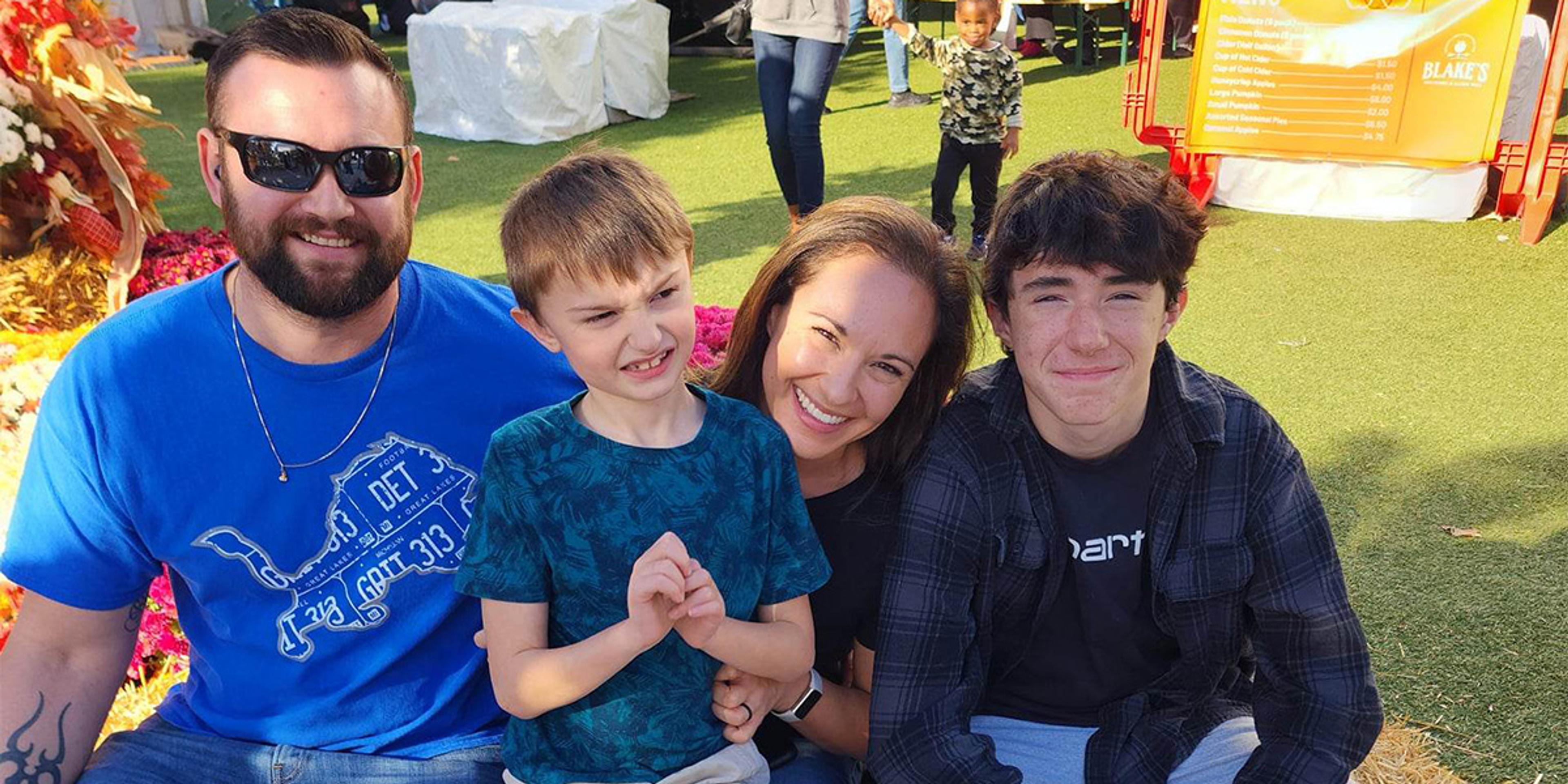Understanding Hospice Care
| 3 min read
Medical Officer

What is hospice care?
Misconceptions About Hospice
- Hospice and palliative care are the same thing. Hospice services often include palliative care, but palliative care isn’t exclusive to those in end-of-life care. Hospice care is designed specifically for those nearing the end of life, while palliative care can be used to manage pain and other symptoms resulting from non-life-threatening illnesses.
- Hospice care is too expensive. Hospice care is typically covered by Medicare and Medicaid plans, as well as many private health plans.
- Hospice is only for the very elderly. While most people in need of hospice care are older, pediatric services are available for children and teens diagnosed with a terminal illness.
- Starting hospice care means a person is giving up. The decision to enter hospice care is unique to each patient, but people generally make this choice when prolonged treatment becomes ineffective and could result in a poorer quality of life.
Benefits of End-of-Life Care
- 24/7 support: A care team is on-call all hours of the day, providing assurance to families that support will be available when they need it.
- Control: Individuals can spend their last days in the comfort of their own home, without the intrusion of hospital staff. It also allows them an opportunity to actively weigh-in on their care.
- Family help: Care teams often provide respite services, so loved ones are able to take breaks, and may include social workers and chaplains who can offer emotional and grief counseling for the family. Staff can also help families navigate tasks such as planning burial or funeral services.
- Combating Disparity in End-of-Life Care
- Serving Michigan Seniors: Area Agencies on Aging
- A Guide to Healthy Aging





